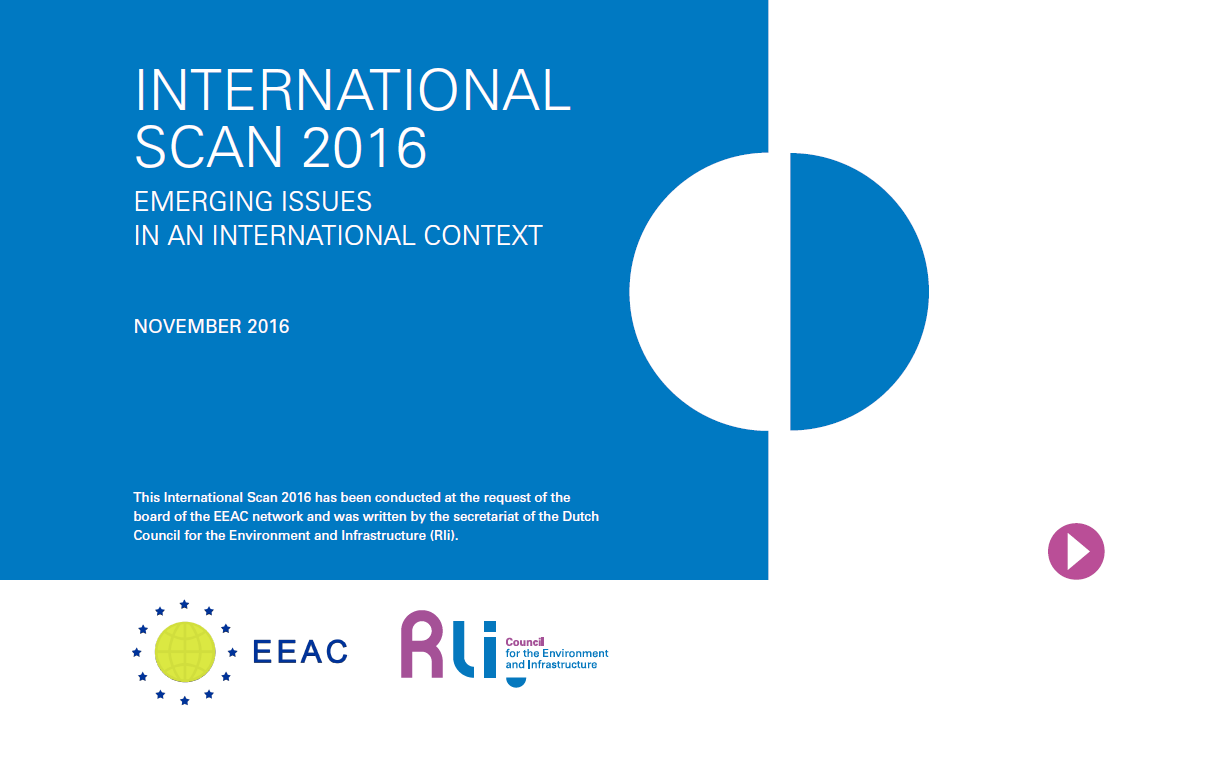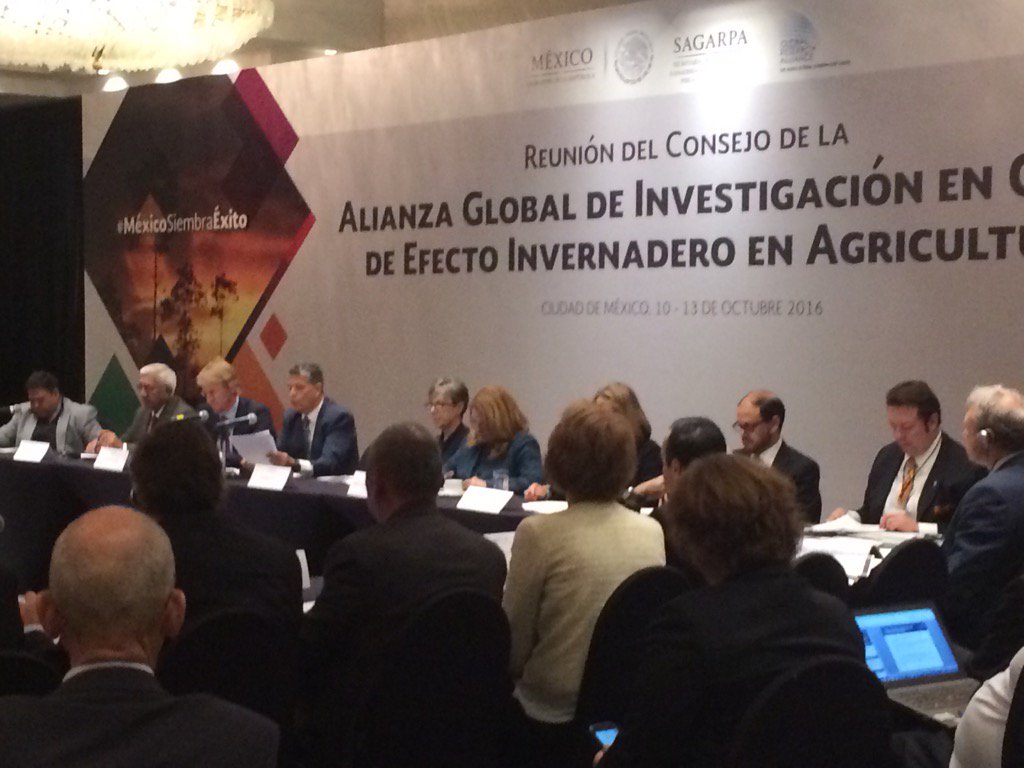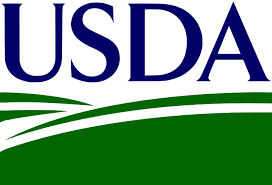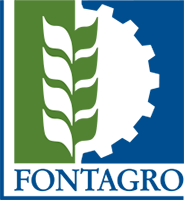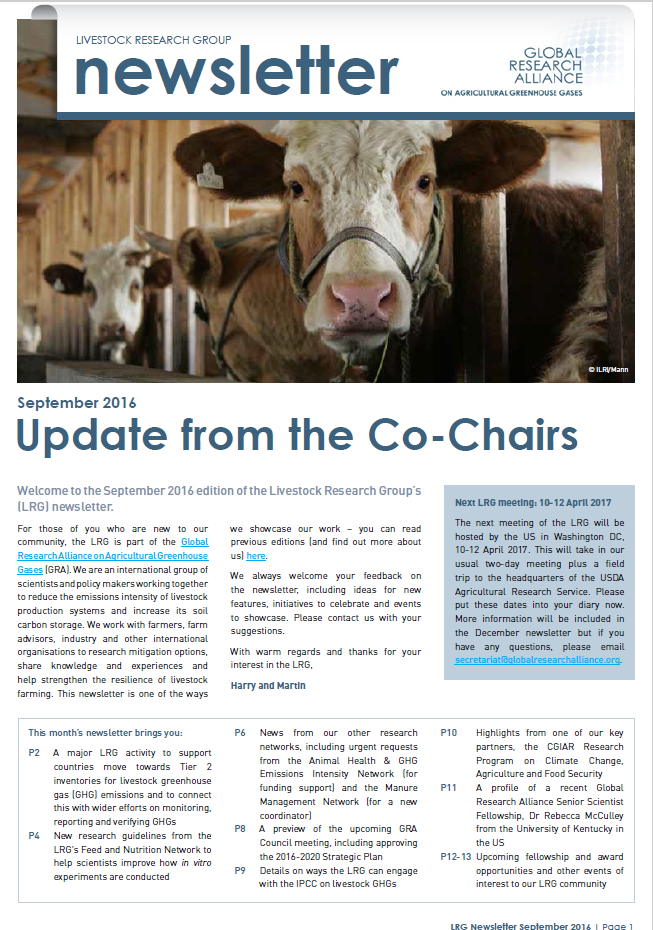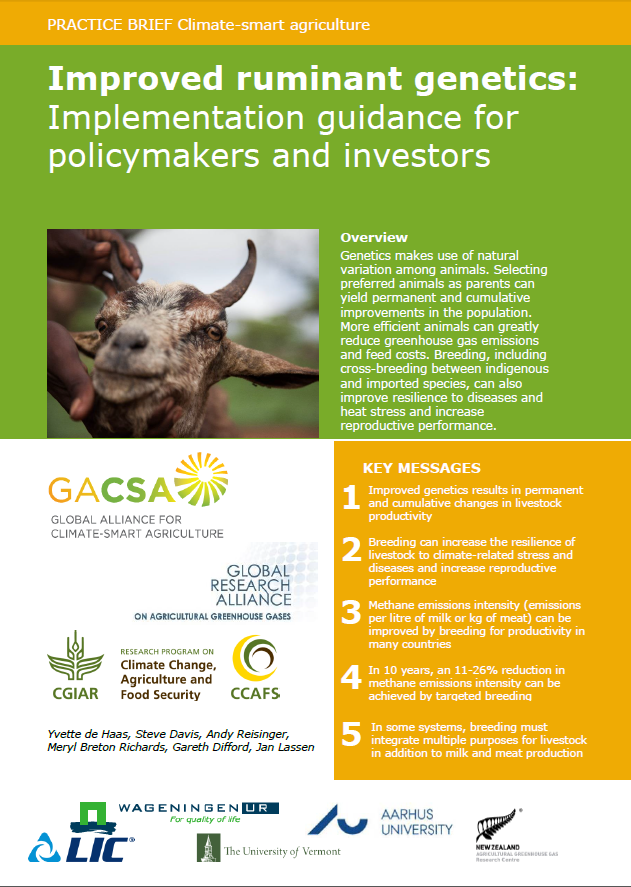The third annual Global Research Alliance – World Farmers Organisation Farmer Study Tour is underway in New Zealand this week (28 November – 4 December 2016). This joint activity supports the Partnership between the two organisations and was initiated to better connect the policy, science and farming sectors, and allow for the exchange of ideas and experiences to increase the skills needed to reduce agricultural greenhouse gas emissions on the farm.
The Participants from Brussels, Italy, France, Argentina, Switzerland, Uruguay, Germany, and Japan are selected based on their standing within farming communities in their home country and ability to take up and share new ideas and technologies.
This year’s Tour began with a Forum, opened by the Hon Nathan Guy, Minister for Primary Industries New Zealand, discussions at the forum centred on climate change challenges for farmers and the skills, technologies and practices available or required. The participants will then travel to the New Zealand Agricultural Greenhouse Gas Centre and Massey University in Palmerston North before visiting a dairy farm and sheep and beef farms in the lower North Island.
https://www.beehive.govt.nz/release/world-farmers-organisation-study-tour-welcomed-new-zealand
In a recent study by Wageningen University & Research Centre, management interventions to increase the supply of organic carbon were tested with a linear programming model called NutMatch. NutMatch was applied to crop rotations with different mixtures of organic cattle slurry, pig slurry or compost, or with a mineral fertiliser. The study found that rotational crop residues, cattle slurry and compost each substantially contributed to soil organic carbon accumulation (range 200-450 kg C ha-1 yr-1); contributions of pig slurry and cover crops were small (20-50 kg C ha-1 yr-1). In terms of greenhouse gas emissions, it appears that the trade-offs between carbon inputs and emissions of greenhouse gases (notably N2O) or other pollutants (NO3, NH3) can be substantial.
The International Agricultural Research Cooperation for Climate Change (the Follow-up side event of G7 Niigata Agriculture Ministers’ Meeting at the COP22, UN Climate Change Conference 2016) was held in Marrakech, Morocco on November 10th, 2016. The Government of Japan chaired the event, which followed soon after the entry into force of the Paris Agreement on November 4th, 2016. Representative stakeholders from G7 Countries (Canada, France, Germany, Italy, Japan and United States of America) and two international organizations (Food and Agriculture Organization of the United Nations (FAO) and Consultative Group on International Agricultural Research (CGIAR)) attended the side event, with four international initiatives, including the GRA, the GACSA, the 4/1000 Initiative, and the Global Soil Partnership (GSP). Approximately 40 observers also attended.
We are very pleased to welcome our The Global Open Data for Agriculture & Nutrition (GODAN) as our newest Partner of the GRA.
GODAN presented at our 2015 Council Meeting in Des Moines, USA. GODAN supports the proactive sharing of open data to make information about agriculture and nutrition available, accessible and usable to deal with the urgent challenge of ensuring world food securityjk – demonstrating the same principles as the GRA.
In southern Sri Lanka, smallholder farmers grazing their cattle on local coconut plantations have achieved significant improvements in both livestock and coconut productivity by supplementing with Gliricidia sepium and low-cost concentrates, and through strategic manure management.
For three years, the farmers supplemented their cattle’s natural herbage fodder with a high-protein tree fodder crop (G. sepium), a cheap protein source rich in vitamins and minerals; and a low-cost concentrate (comprising urea, rice bran, molasses and minerals). They also restricted the lengths of tethered ropes for grazing, incorporating more dung and urine to the manure circle of the coconut palm; and deposited fallen fronds, coconut husks etc inside the manure circle to promote nutrient recycling.
The impact on animal productivity has been significant, with cows nearly 10% heavier at calving, the first calving age dropping by around 17%, the average birth weight of calves increasing by 13%, and milk yield increasing by up to 47%. Nut and copra yields almost doubled.
These outcomes indicate real potential for improving long-term food security and other environmental gains in the region.
Updates:
- Presentations from the meeting are now available in the Members’ Area of this website.
- See SAGARPA’s write-up of the field trip
- Read the Meeting Report Summary
On 10-13 October 2016 the Global Research Alliance held its annual Council Meeting in Mexico City. Mexico became the new Chair in place of the USA, with Japan as the new ViceChair. 26 Member Countries attended the meeting, which included a field trip on the last day. Information on the outcomes of the meeting will be given shortly.
The Partnerships for Enhanced Engagement in Research (PEER) program is now accepting scientific research proposals from researchers in developing countries for a number of multi-focus and country-specific areas, including the use of climate-smart agriculture in Magadascar. View the calls on the PEER webpage.
PEER is part of the United States Agency for International Development (USAID) Global Development Lab effort to bring together diverse partners to discover, test and scale breakthrough solutions to critical challenges in international development.
The U.S. Department of Agriculture is now accepting applications for the 2017 Borlaug Global Research Alliance Fellowships. Fellows selected from eligible countries (Colombia, Costa Rica, Egypt, Ghana, Honduras, Indonesia, Malaysia, Mexico, Nicaragua, Panama, Peru, Philippines, Thailand, and Vietnam) will work with a mentor at USDA’s Agricultural Research Service or a U.S. university for up to 12 weeks on climate change mitigation research. The U.S. mentor will later visit the fellow’s home institution to continue collaboration.
The fellowships are designed to provide Fellows with training opportunities and practical experience, increase collaboration and networking, and aid in the transfer and implementation of technologies in the area of climate change mitigation research in agriculture.
The application deadline is November 30, 2016.
The Global Research Alliance on Agricultural Greenhouse Gases is pleased to welcome FONTAGRO (Fondo Regional de Tecnología Agropecuaria / Regional Fund for Agricultural Technology) as a new Partner.
The decision for partnership was decided at the Council meeting held last week (10-13 October 2016) in Mexico City.
FONTAGRO is a unique mechanism of regional cooperation that promotes family farming innovation, competitiveness and food security. Recently FONTAGRO has established a new mission to contribute to innovation in family farming, in order to promote food security in a framework of equity and sustainability. Part of its strategic lines include adaptation and mitigation of climate change as a central theme.
We look forward to working together with FONTAGRO in the research, development and extension of technologies and practices that will help deliver ways to grow more food (and more climate-resilient food systems) without growing greenhouse gas emissions.
Read FONTAGRO’s Partnership announcement
The latest version of the GRA’s Livestock Research Group newsletter is now available.
This edition has articles on:
* Our work with countries in South and South East Asia to support their development of livestock GHG inventories
* New research guidelines from our Feed and Nutrition Network on conducting in vitro experiments
* A preview of the upcoming GRA Council meeting
* Engagement with the IPCC on livestock GHG issues
* Highlights from CCAFS (the CGIAR’s Research Program on Climate Change, Agriculture and Food Security), one of our major partners
Download the newsletter here
Improved ruminant genetics increase animals’ resilience to climate-related stresses, increases reproductive performance, and – in some countries – could achieve emission reductions of 11-26% per unit of product, according to a new practice brief written by scientists from the Global Research Alliance’s Livestock Research Group and the CCAFS low emissions agriculture flagship. This brief is part of the CSA practice brief series of the Global Alliance for Climate Smart Agriculture (GACSA) Knowledge Action Group.
The brief summarises the state of the science in this area and provides implementation guidance for policymakers and investors. It describes how animal breeding can increase livestock productivity and resilience to climate change, while also reducing greenhouse gas emissions intensity. It focuses on opportunities in developing countries, where the majority of the world’s ruminant populations can be found.
More details on the practice brief can be found in a joint LRG/CCAFS blog post here. You can also download the practice brief here.

